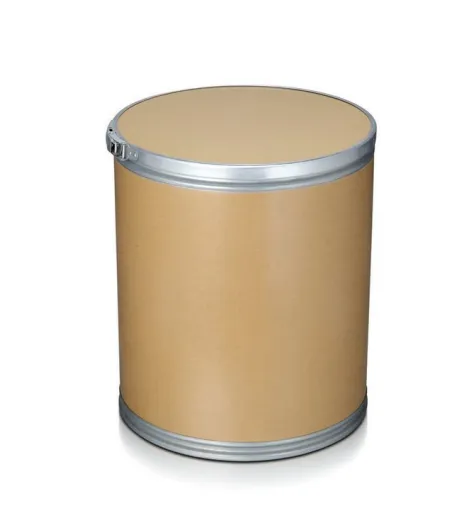mica raw material
The Importance of Mica as a Raw Material in Various Industries
Mica, a group of silicate minerals composed of varying amounts of potassium, aluminum, magnesium, iron, and water, is renowned for its unique physical and chemical properties. Its transparency, stable structure, and insulating abilities make it a highly sought-after raw material in various industries, including cosmetics, electronics, and construction. In this article, we delve into the significance of mica, its applications, sources, and the challenges it faces in the modern market.
Properties and Characteristics of Mica
Mica is notable for its unique crystalline structure, allowing it to be split into thin, flexible sheets. These sheets are resilient to heat, electricity, and chemical corrosion, making mica exceptionally versatile. Additionally, mica has excellent optical properties, which is particularly valued in the cosmetic industry where it is used to create shimmering and pearlescent effects in makeup products. Its low thermal conductivity and high dielectric strength make it an indispensable material in electrical applications.
Applications of Mica
Mica finds its applications across various sectors. One of the most prominent uses is in the cosmetics industry, where it acts as a pigment and a filler. Mica powder is often incorporated into products such as foundation, eyeshadow, and highlighters to give them a shimmering quality. Its ability to reflect light helps in achieving a more vibrant and luminous appearance, which has made mica an integral ingredient in many beauty products.
In the electrical and electronics industry, mica's insulating properties make it ideal for use in capacitors, insulators, and other electrical components. Its high dielectric strength enables it to withstand high voltages, making it particularly useful in the manufacturing of electric motors and transformers. Moreover, mica is also used in the production of heat-resistant materials, including fireplace linings and industrial insulating materials.
The construction industry also employs mica as a raw material. Mica flakes are often used in paint and coatings, offering weather resistance and improving durability. Additionally, mica enhances the aesthetic quality of paint by providing a shimmering effect. Its use in construction materials, such as roofing and flooring, also contributes to improved fire resistance and thermal insulation.
mica raw material

Sources of Mica
Mica is mined primarily in countries like India, Madagascar, China, and the United States, with India being the largest producer. The extraction process can be labor-intensive and is often conducted in small-scale mines. While these regions possess significant mica reserves, improper mining practices can lead to environmental degradation and social issues, including child labor and exploitation of workers.
Challenges in the Mica Industry
The mica industry faces numerous challenges, particularly regarding ethical sourcing. Concerns have been raised about child labor and unsafe working conditions in mica mines, especially in India. Market demand for ethically sourced mica has led to efforts to establish traceability in the supply chain. Companies are increasingly seeking to ensure that their mica is sourced responsibly, prioritizing suppliers that adhere to ethical labor practices.
Additionally, the rise of synthetic alternatives poses a challenge to mica's market share. Synthetic mica, created through chemical processes, offers similar properties without the ethical concerns associated with natural mica. As technology advances, the cosmetic and electronics industries may increasingly shift toward these alternatives, potentially impacting mica's demand.
Conclusion
Mica remains a crucial raw material across various industries, valued for its unique properties and versatile applications. However, its extraction and sourcing come with significant ethical and environmental challenges that must be addressed. As consumers become more conscious of the origins of the products they use, ensuring the responsible sourcing of mica will be vital for the industry's sustainability. The path forward requires a collaborative effort among companies, governments, and non-governmental organizations to establish transparent supply chains and promote fair labor practices, ensuring that mica can continue to be a valuable resource without compromising ethical standards.
-
Transforming Surfaces with Mica-Enhanced Paints in Coatings and DecorationNewsJul.02,2025
-
The Ultimate Guide to Mica-Based Luminous Colors with Pearlescent PigmentNewsJul.02,2025
-
The Critical Role of Mica in Industrial Applications in Welding and Oil FieldsNewsJul.02,2025
-
Revolutionizing Automotive Aesthetics with Modified Plastics Pearlescent PigmentsNewsJul.02,2025
-
The Secret with Mica Powder for Cosmetics Behind Radiant, Natural MakeupNewsJul.02,2025
-
Enhancing Performance in Polymer Applications with Mica Powder for RubberNewsJul.02,2025
Products categories









